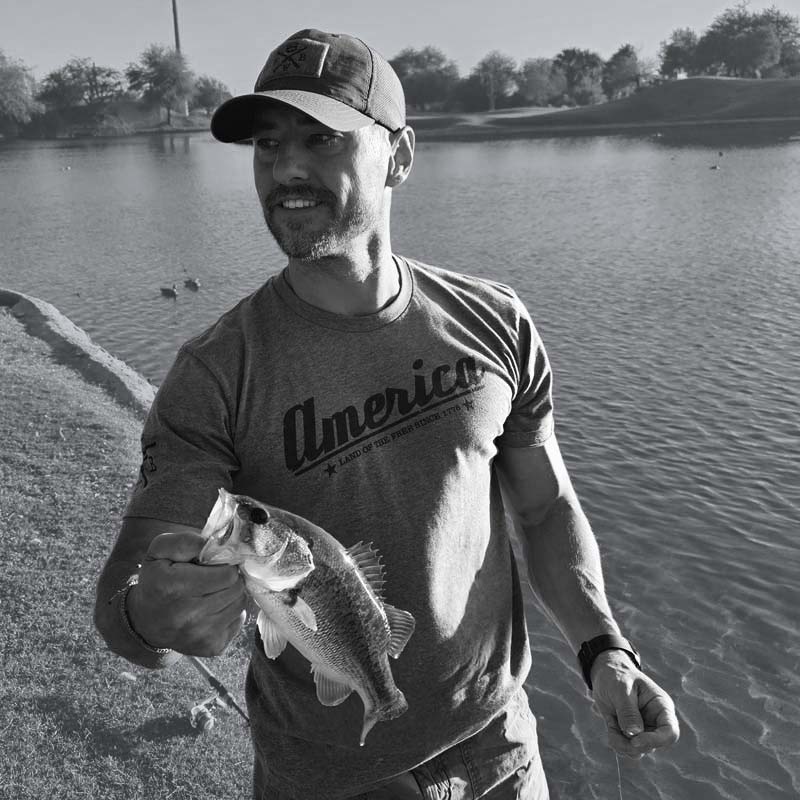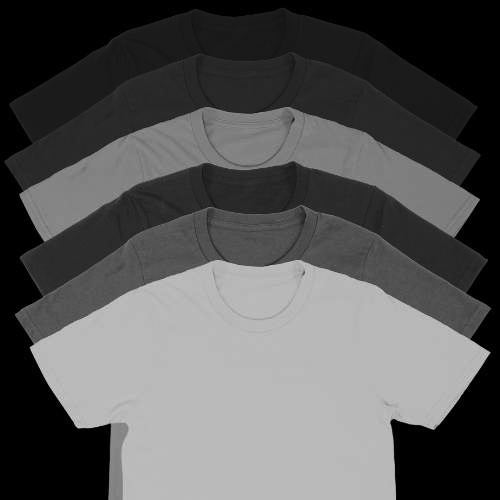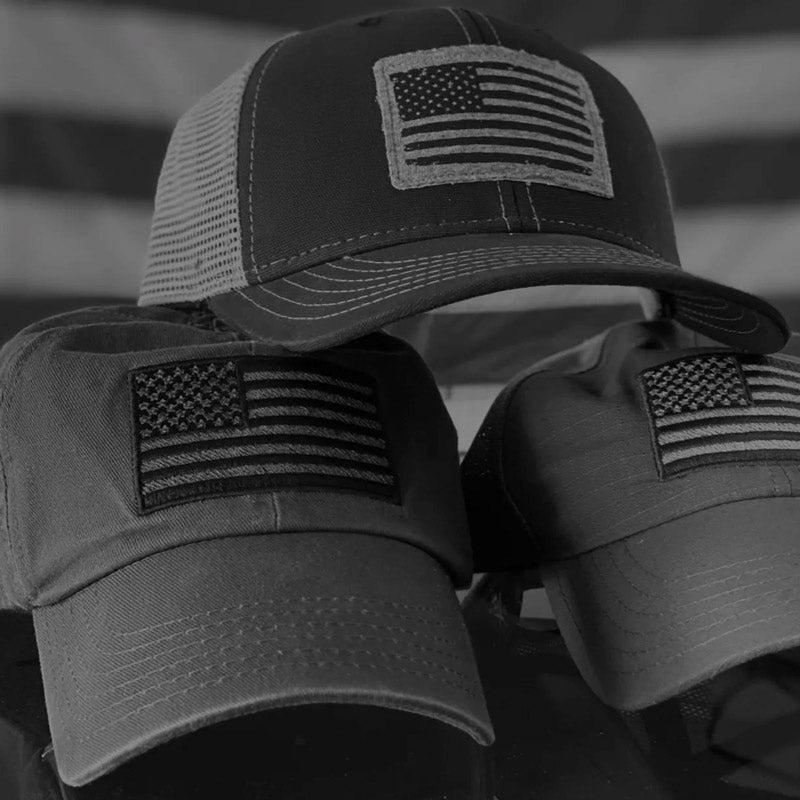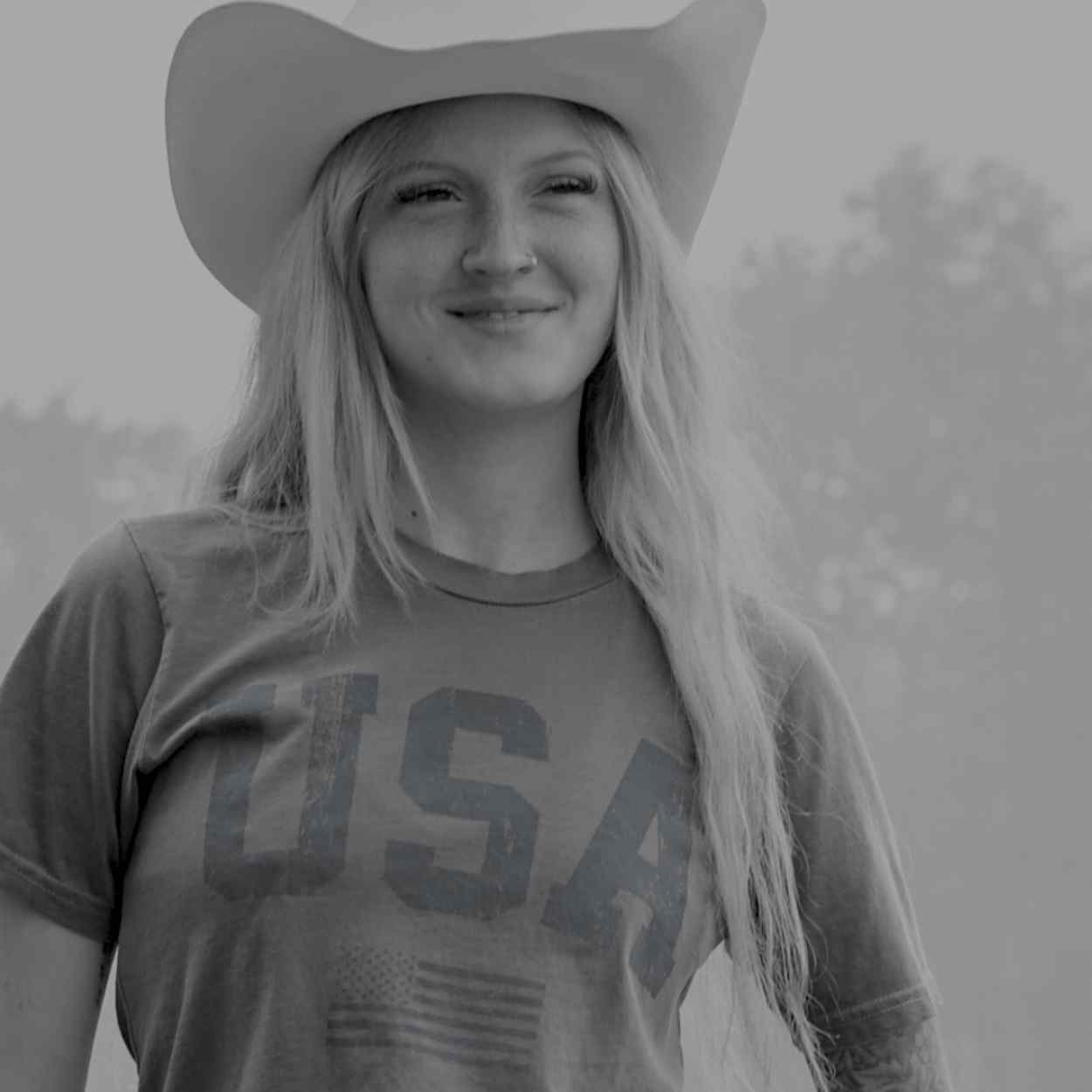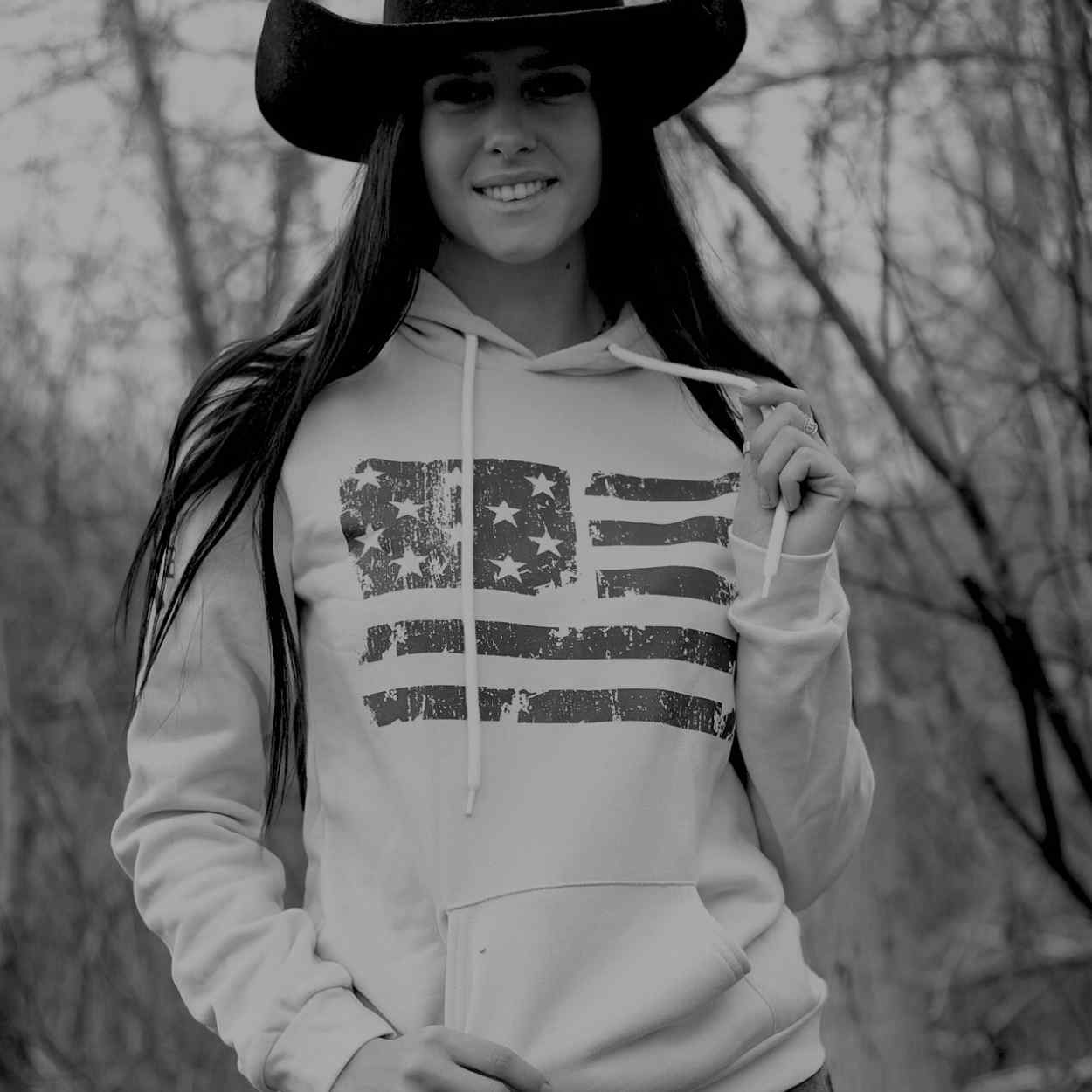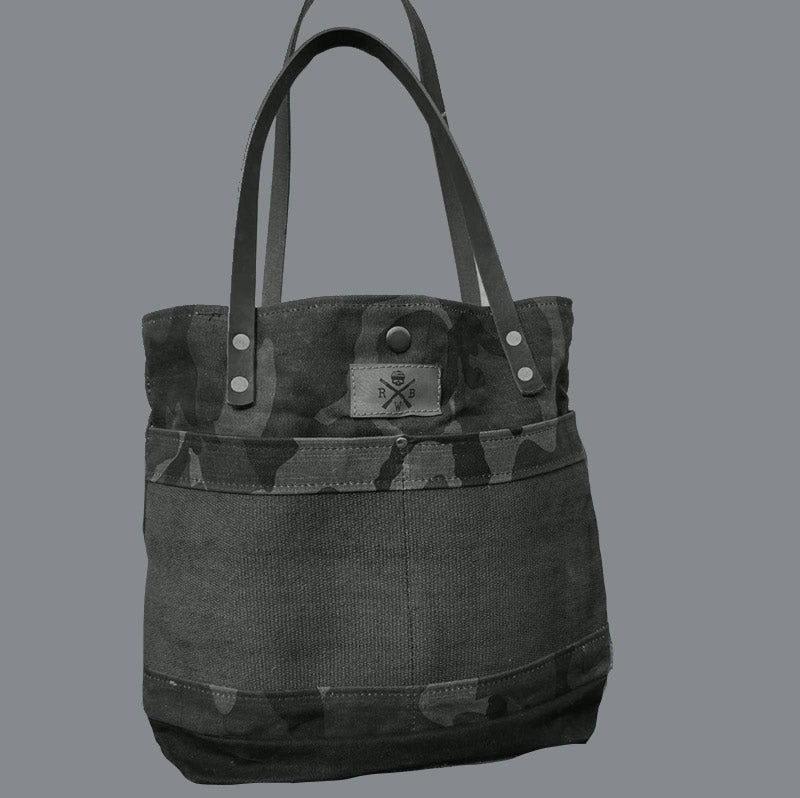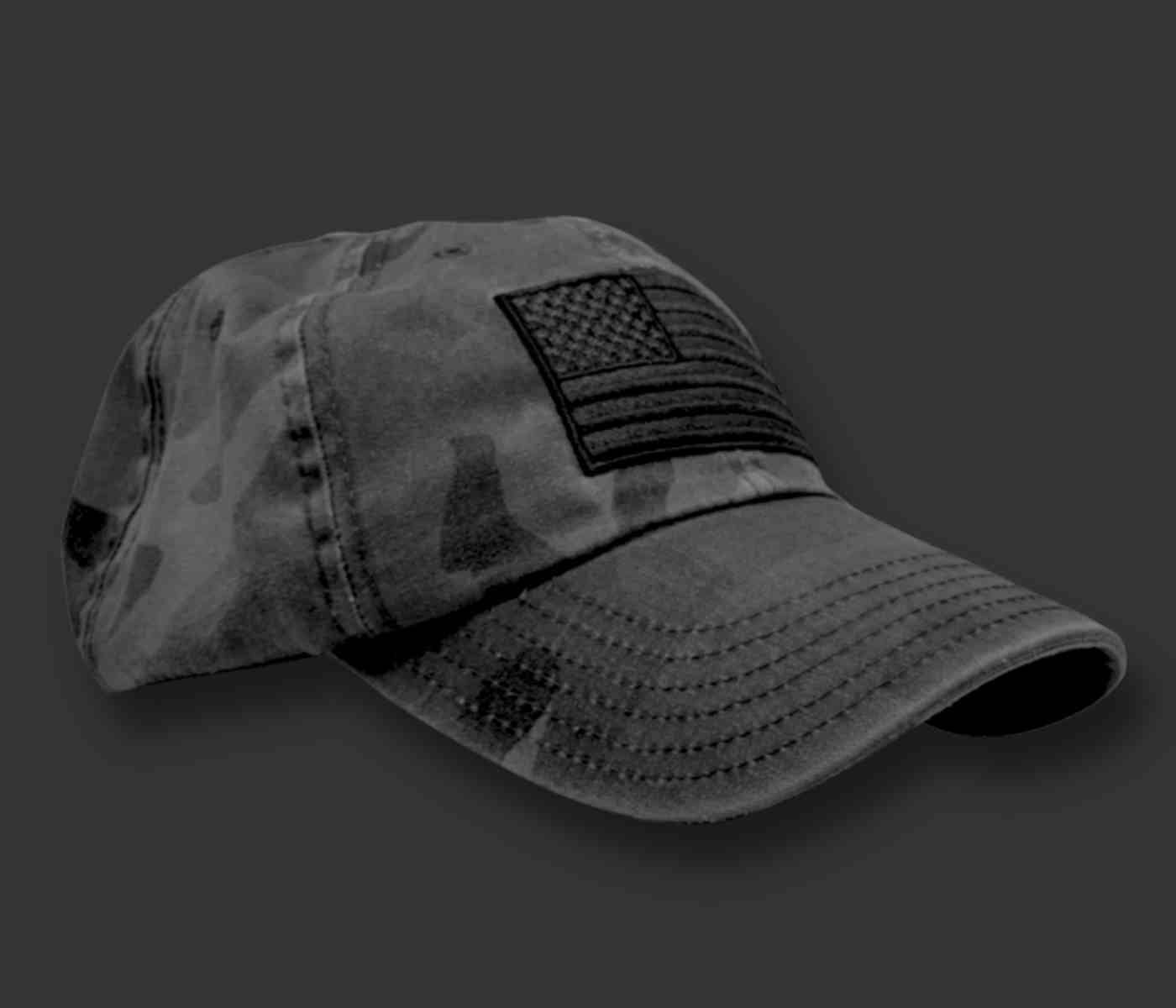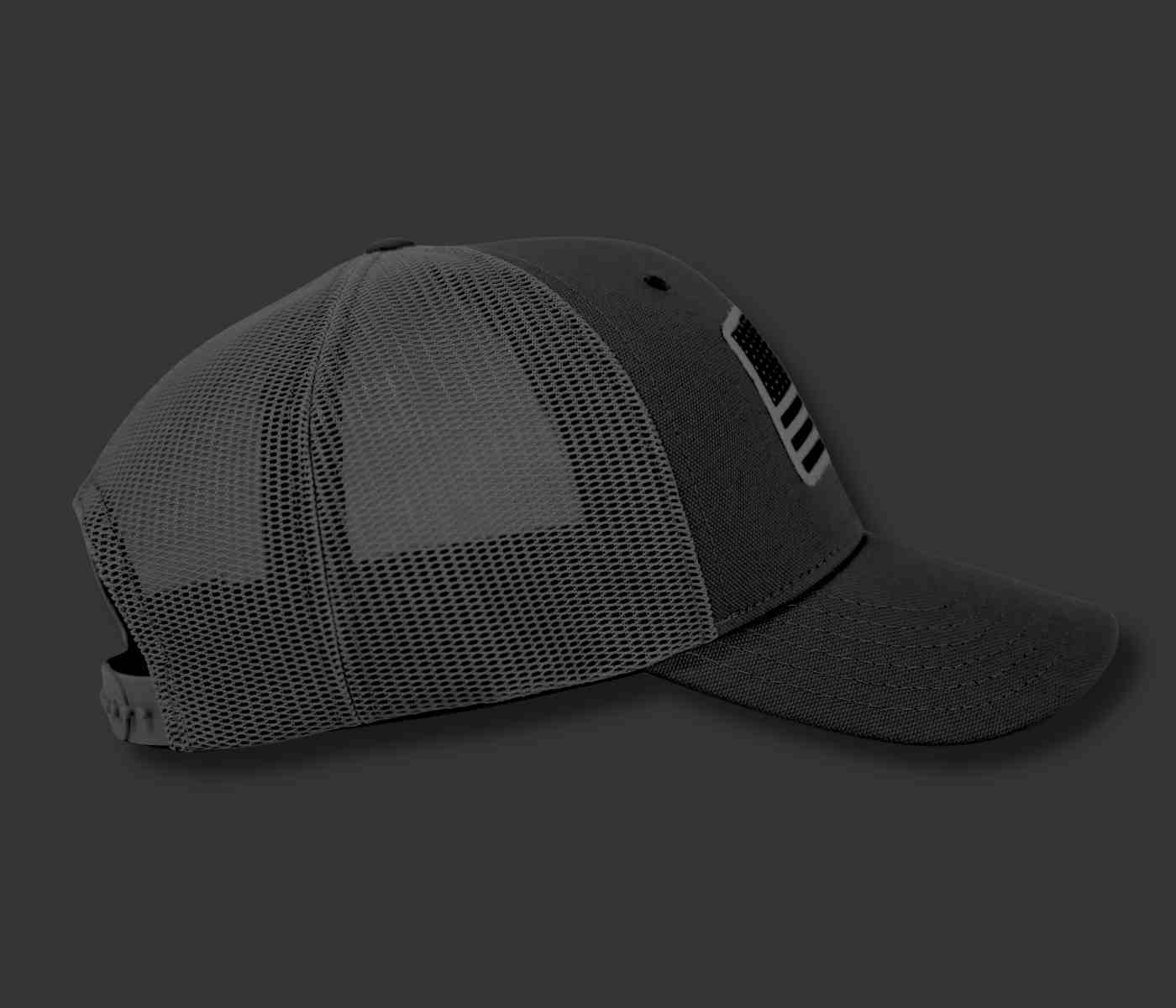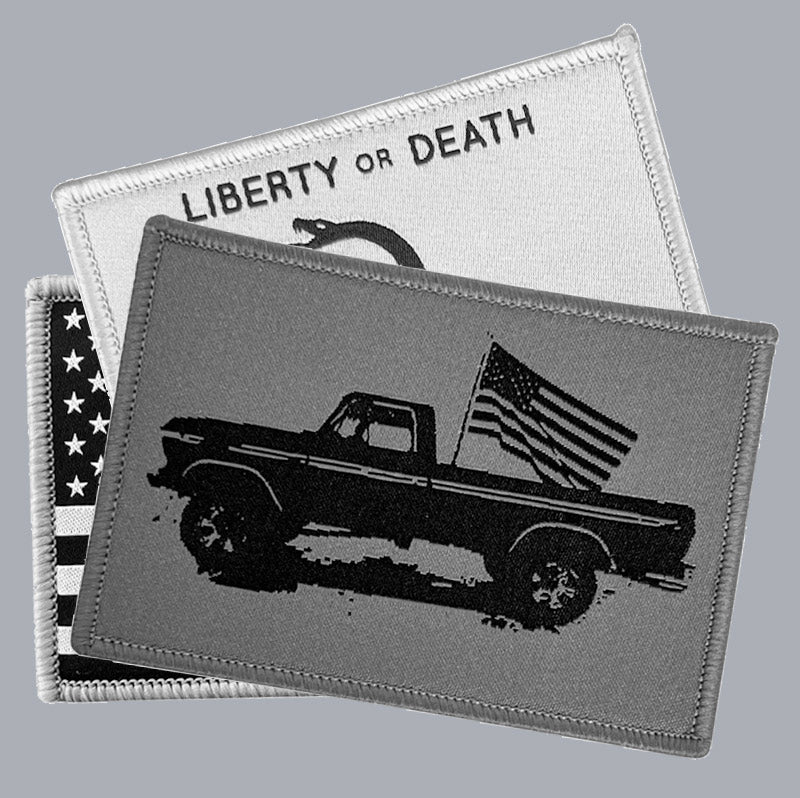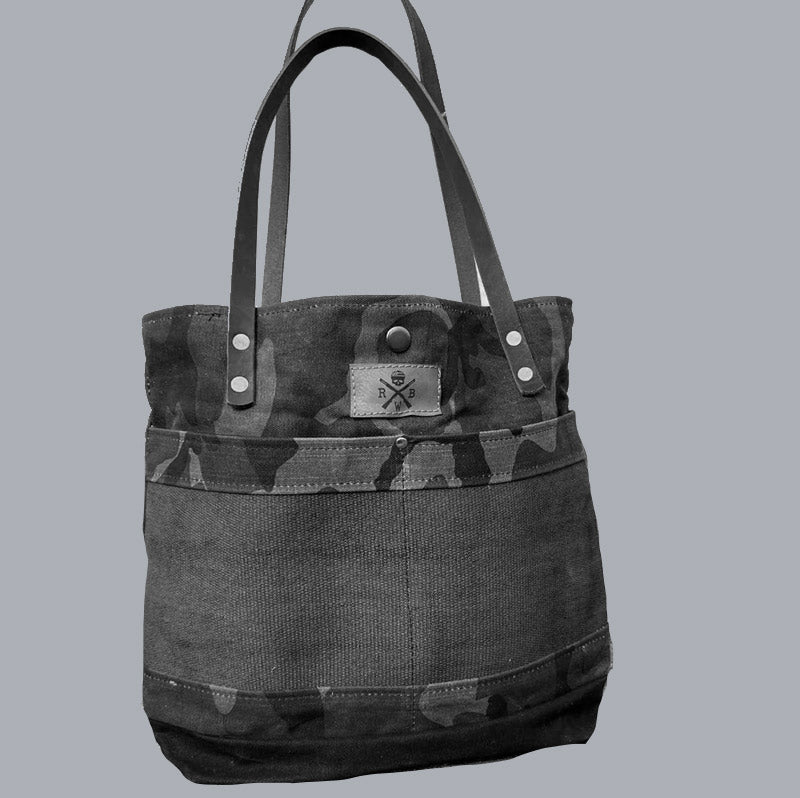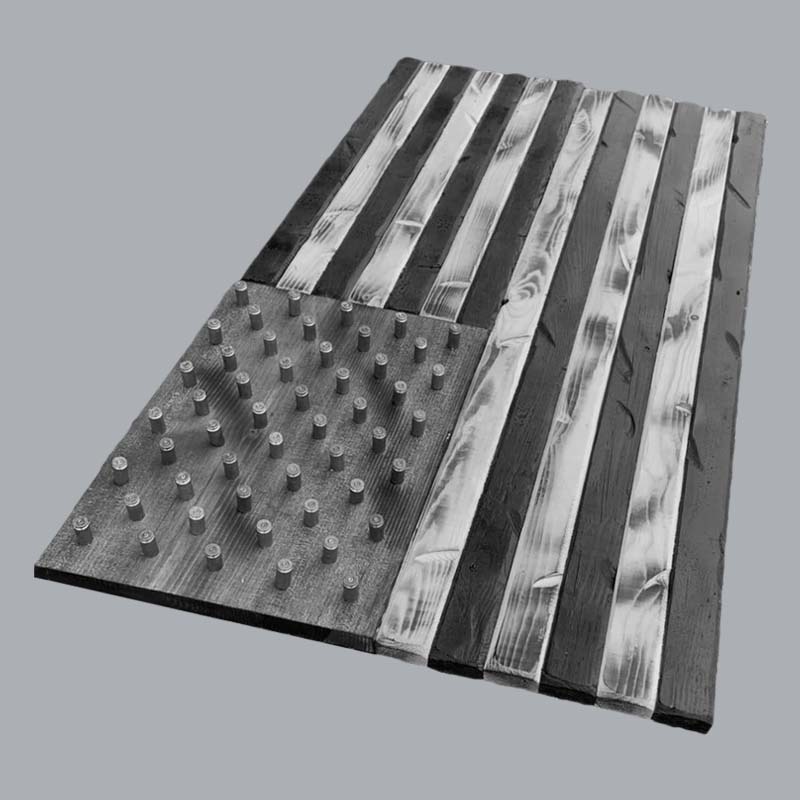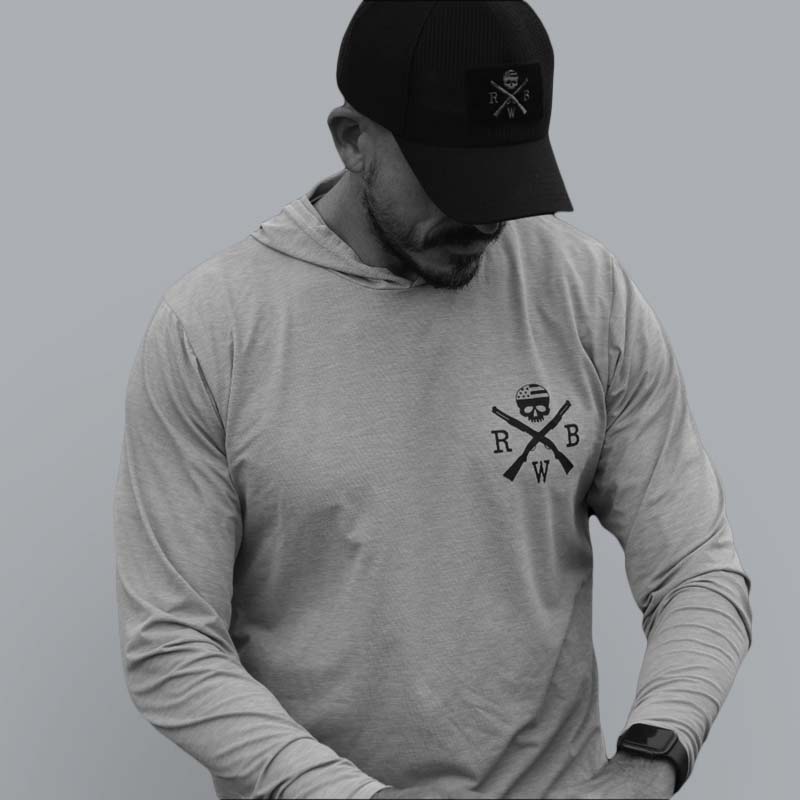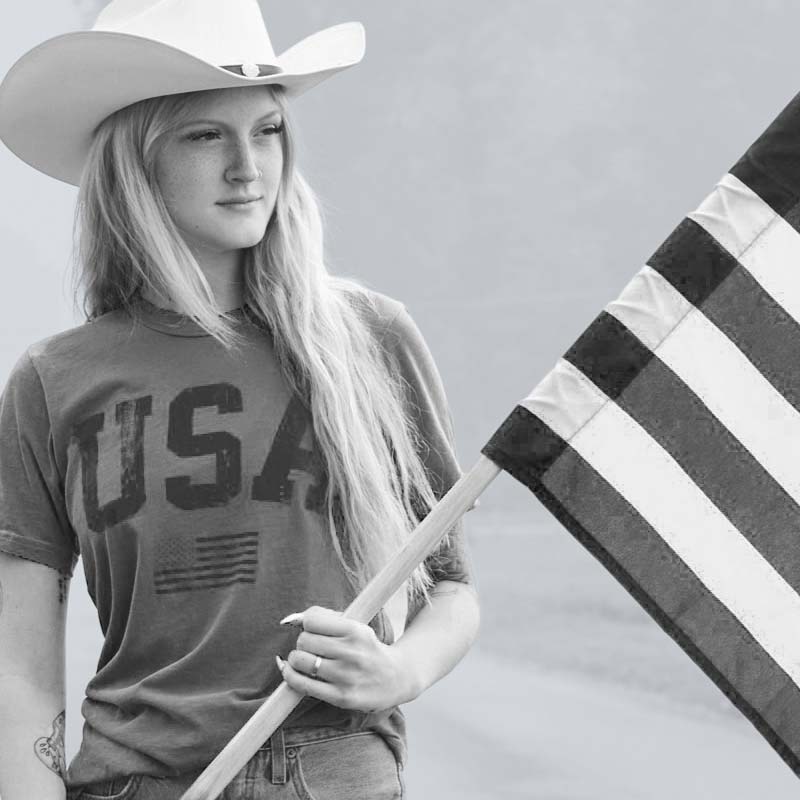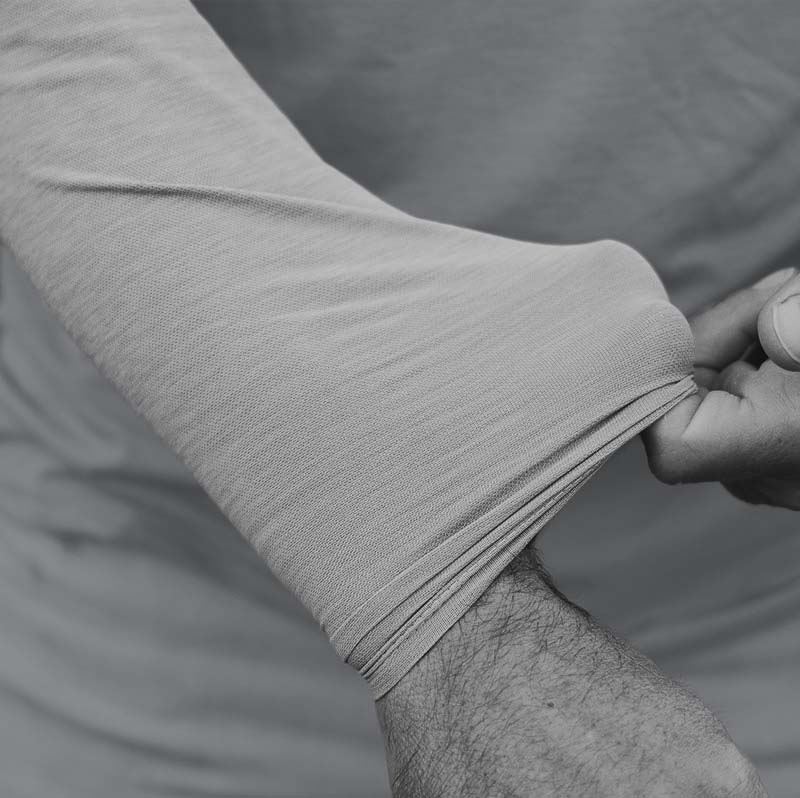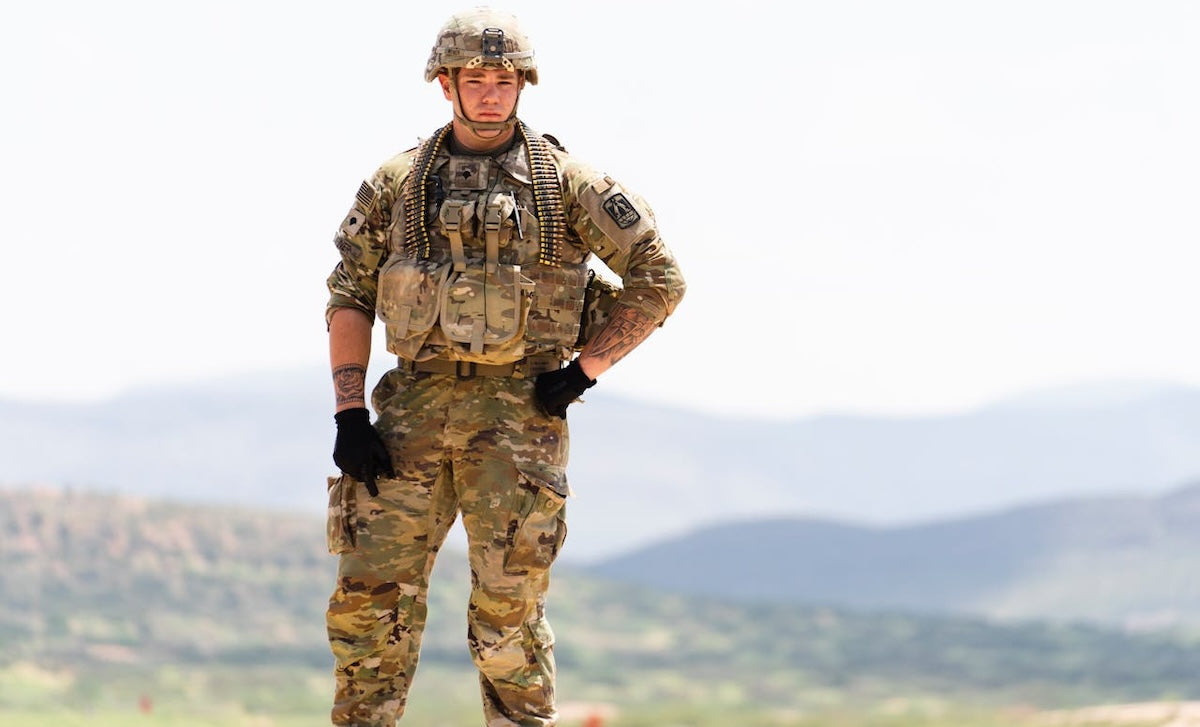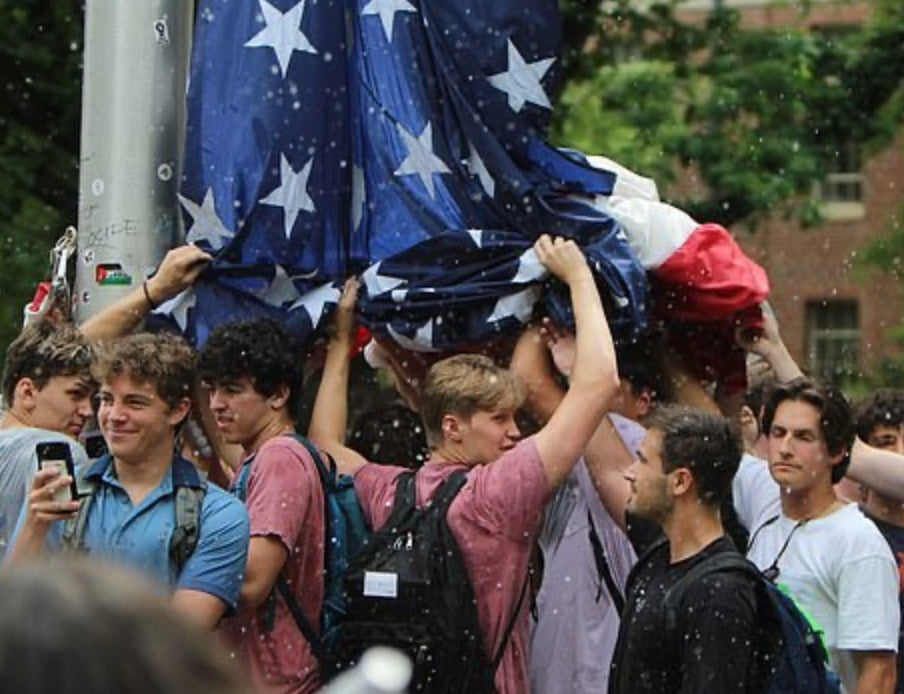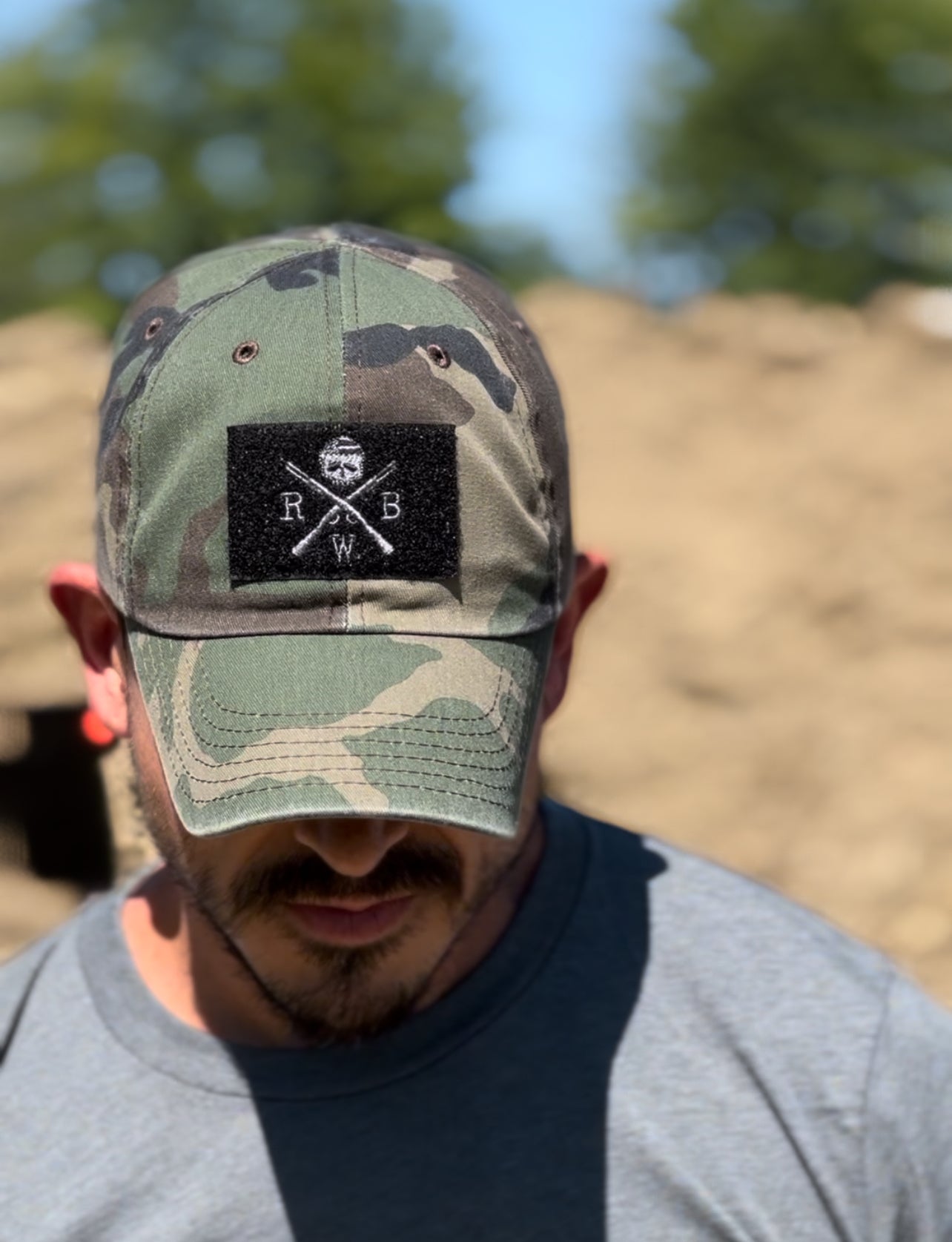
Necessity is the mother of all invention, as they say.
The branches of the U.S. military have always embraced this philosophy when it comes to innovations that not only make the precision of execution much easier, but the loss of life in doing so as minimal as possible.
One such innovation is the introduction of camouflage to the uniforms of our service members.
The Origins of U.S. Military Camouflage and Its Evolution: When Was Camo Invented?
One of the earliest and most basic examples of the use of camouflage came during the Spanish-American War (1898). The jackets for military members at that time were a vibrant blue color that made them extremely easy targets for the Spanish snipers. So, to lessen the snipers' ability to spot them at greater distances during their approach to battle, the soldiers came up with the simple battlefield innovation of rubbing brown mud onto their uniforms to make them blend in with their surroundings. Quick thinking on their part to be sure.
One consistent thread as to some of the camouflage innovations was that they were very often in response to the changes in warfare itself. World War I would be one such example.
WWI Camouflage Innovations
What would be considered modern interpretations and use of camouflage first occurred around 1915 when the French were defeated by the Germans in battle, largely because the white gloves and red pantaloons made them very easy targets for attack.
So, it could be argued that since WWI saw extraordinarily strong changes in how battles were conducted, changes to uniforms themselves were inevitable. Aerial photography of battlefield positions became a way for enemies to pinpoint strategic positions and large concentrations of troops to better utilize the advancements in the use of machine guns and battles trench to trench.
The U.S. Army, in response to what their enemies were now able to do, even developed a specialized unit of artists to begin designing uniforms that would be much harder to spot and would blend in with various landscapes (this was a concept that had already been used effectively by the French).
Camouflage Usage and Innovations in World War II and Beyond
Looking at WWII, Marines in the Solomon Islands wore green-and-brown "frog-patterned" uniform overalls to blend in with the surrounding landscapes. Troops also added paint to their uniforms for additional concealment. So effective was this innovation that the Marines adopted a version of this uniform concept permanently.
The 50s saw a leaf and twig introduced to uniforms. It was not very well received or widely utilized. The 60s, the Vietnam era, saw a variety of camo innovations, such as the jungle tiger stripe pattern, introduced by Special Forces units such as the Navy Seals and Green Berets. None of their concepts were official issue or regulation, but who was going to argue with a member of either of these units on what was going to be effective?
Just an opinion, but I think it would be reasonable to assume that members of those elite units may have also used the special uniform designs as a way of creating a strong camaraderie among the unit’s members.
Modern-day Camouflage in the U.S. Military
The '80s-era M81 Woodland four-color pattern - sometimes referred to as "God's plaid" remained the standard in camouflage well into the 2000s, with the tri-color Desert Camouflage Uniform (DCU) and Universal Camouflage Pattern (UCP) eventually taking its place. Though some service members have even worn Desert Tiger Stripe camo at times, today's universal camo pattern is the Operational Camouflage Pattern (OCP).
Each branch of our military constantly makes changes to designs and accessories not only to accommodate surroundings and terrain, but the seasons as well.
It is something you would probably never really think about, but it is comforting to know that the branches of our military take the safety and security of their brave members seriously enough to have resources at hand to constantly make changes to uniforms and accessories to make that security possible.
